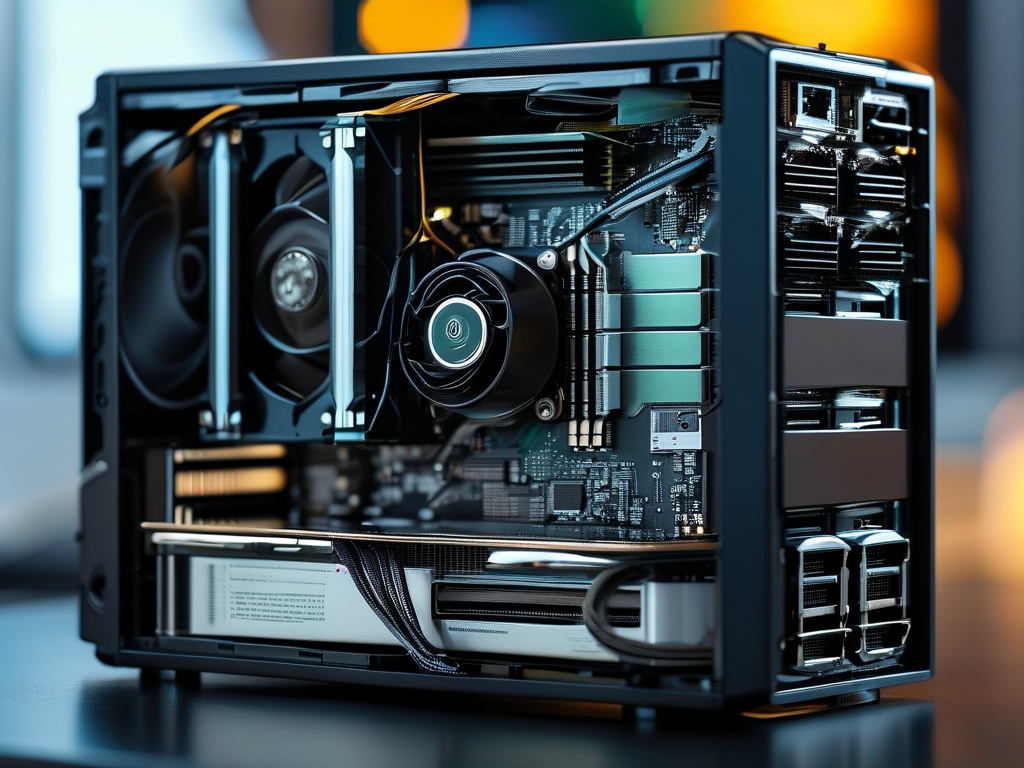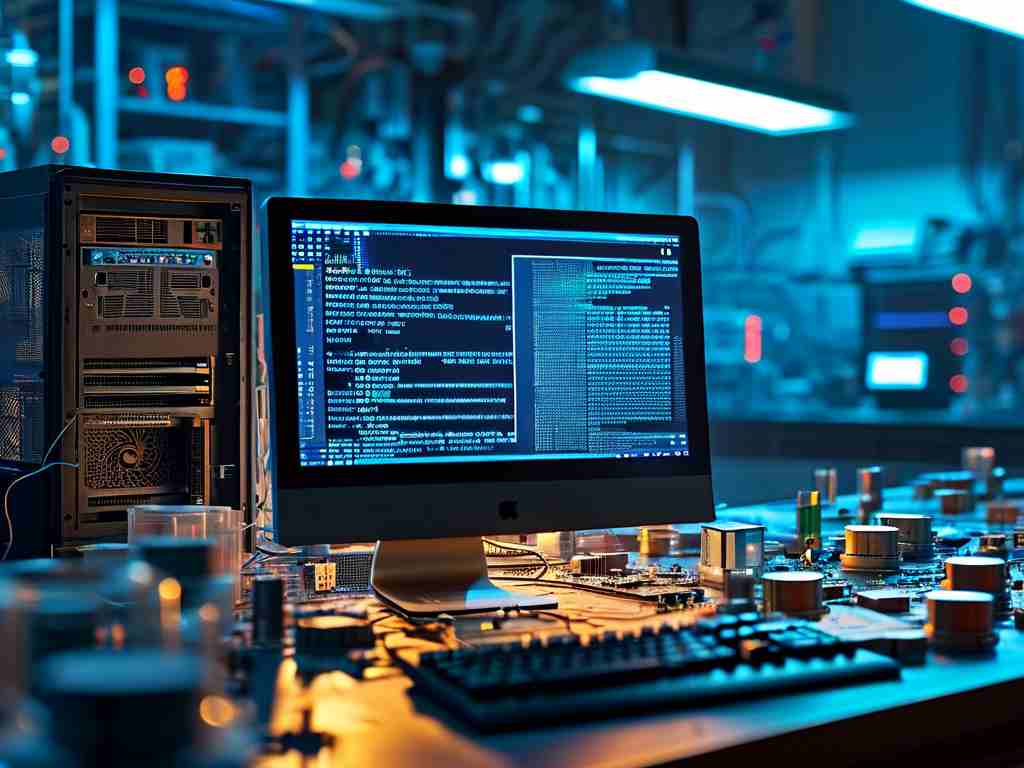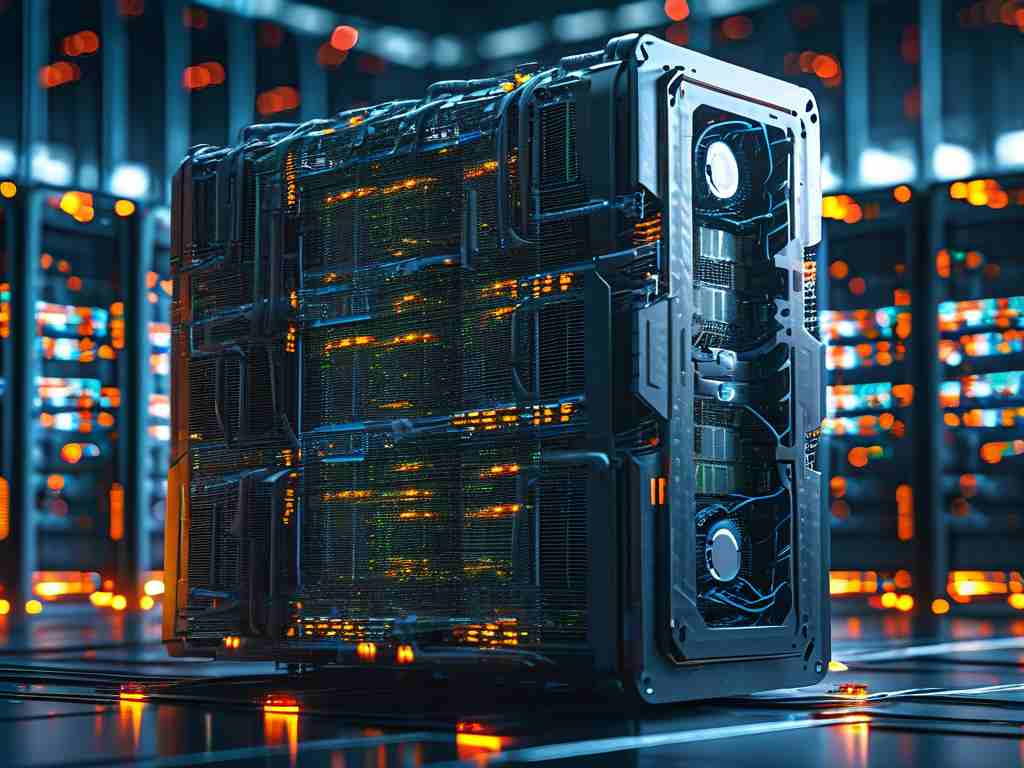Huawei devices have gained global recognition for their advanced hardware and software integration. However, some users report issues related to slow computing performance and insufficient memory space. This article explores the root causes of these problems and provides actionable solutions to optimize device efficiency.

Understanding the Core Issues
A primary reason for sluggish performance in Huawei devices is system overload. Modern smartphones handle multitasking, background processes, and resource-intensive apps simultaneously. Over time, cached data and residual files accumulate, consuming RAM and storage. For example, social media apps like WhatsApp or TikTok often run background services that drain memory even when not actively used.
Another critical factor is storage fragmentation. As users install and uninstall applications, residual files and fragmented data occupy storage space irregularly. This forces the device to work harder to locate and process information, slowing down operations. Huawei’s proprietary file management system, while efficient, may struggle to auto-optimize if storage exceeds 80% capacity.
Software Conflicts and Updates
Software updates aim to enhance performance but occasionally introduce compatibility issues. A recent EMUI update (e.g., EMUI 12) caused temporary lag for some users due to background recalibration processes. Additionally, third-party apps not optimized for Huawei’s Kirin chipsets may strain computational resources. For instance, gaming apps designed for Snapdragon processors might underperform on Huawei hardware, leading to overheating and throttled performance.
Diagnosing Memory Shortfalls
To identify memory-related bottlenecks, users can leverage built-in tools like Phone Manager. Navigate to Settings > Storage to analyze space usage. Large media files or redundant app backups often occupy significant storage. Similarly, the Memory section in Phone Manager reveals active processes consuming RAM. If system apps like Huawei Cloud or AppGallery consume excessive resources, consider restricting their background activity.
Practical Solutions for Optimization
-
Storage Cleanup:
- Use Optimizer in Phone Manager to delete junk files.
- Manually uninstall unused apps and clear app caches (e.g., Go to Settings > Apps > [App Name] > Storage > Clear Cache).
- Transfer photos and videos to external storage or cloud services like Google Drive or Huawei Cloud.
-
RAM Management:
- Enable Performance Mode (via Battery Settings) to prioritize speed over battery savings.
- Limit background processes by adjusting developer options:
Settings > System > Developer Options > Background Process Limit > Set to "At most 4 processes". - Restart the device weekly to reset memory allocation.
-
Software Adjustments:
- Roll back problematic updates via HiSuite (Huawei’s desktop utility) if a recent OS version degrades performance.
- Avoid installing beta versions of apps from unverified sources.
Hardware Considerations
Older Huawei models, such as the P30 series, may struggle with newer software demands due to hardware aging. The Kirin 980 chipset, while powerful in 2019, lacks the neural processing capabilities of newer models like the Mate 50’s Snapdragon 8+ Gen 1. Upgrading storage via NM cards (Nano Memory) can alleviate space constraints but won’t address computational limitations.
Preventive Measures
- Regularly audit app permissions to prevent unnecessary background activity.
- Use lightweight alternatives to resource-heavy apps (e.g., Lite versions of Facebook or Twitter).
- Schedule automatic storage cleanups through third-party tools like CCleaner (available via APK).
In , Huawei devices may experience slowdowns due to software bloat, storage mismanagement, or hardware aging. Proactive maintenance, coupled with strategic settings adjustments, can restore optimal performance. For persistent issues, consulting Huawei’s official service centers ensures hardware integrity remains intact.









